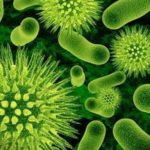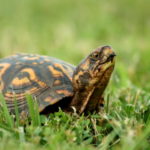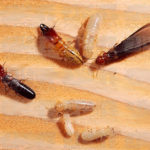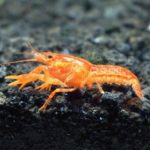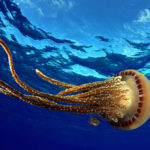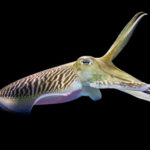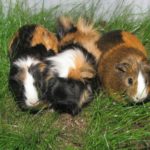Protozoans Scientific Name
Protozoans are the simplest kinds of animals. Generally, the scientific name of Protozoans is Protozoa. They consist of a single, minute cell of protoplasm (the living substance of all plants and animals) containing a nucleus, the control center of the protozoans. All other animals contain many cells. Protozoans live in the sea and freshwater, in damp soil, and in other animals, including man. Protozoans cause some diseases, including malaria, sleeping sickness, and a form of dysentery.
There are four kinds of protozoans. Flagellates move through the water by using long whip-like projections. Sarcodines include amoeba, which moves by extending pseudopods (amoeba), and radiolarians and foraminiferans, which float about in the water and have shells of silica or chalk. Sporozoans are parasites and depend completely on their hosts. The malaria-causing parasite belongs to this group. Ciliates have small hairs called cilia that they wave about to move.
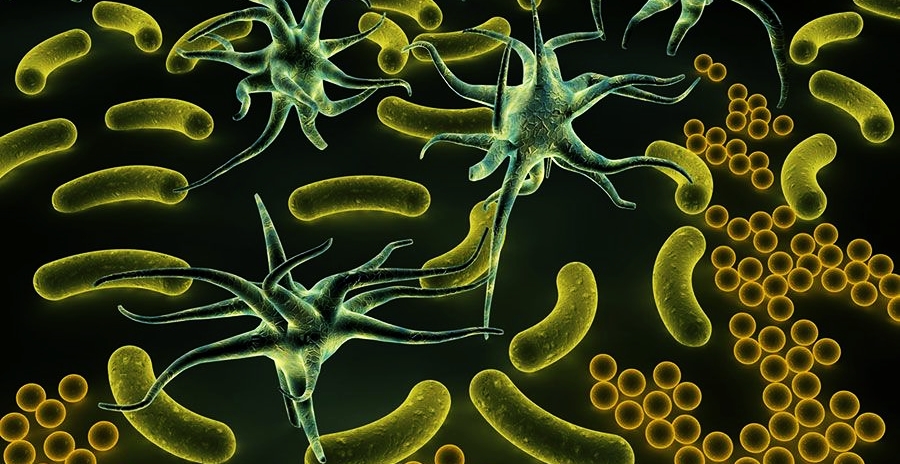
Protozoans reproduce by cell division, in which one cell splits into two new ones; by budding, in which part of the cell breaks away to form a new cell; and by dividing into smaller cells called spores, which may pair up before growing into new animals. The nucleus of the parent cell is always divided among the new protozoans.
As we mentioned, there are thousands of species of protozoa. Different species of protozoa have their own scientific names. For example, Amoeba, Heliozoa, etc.




